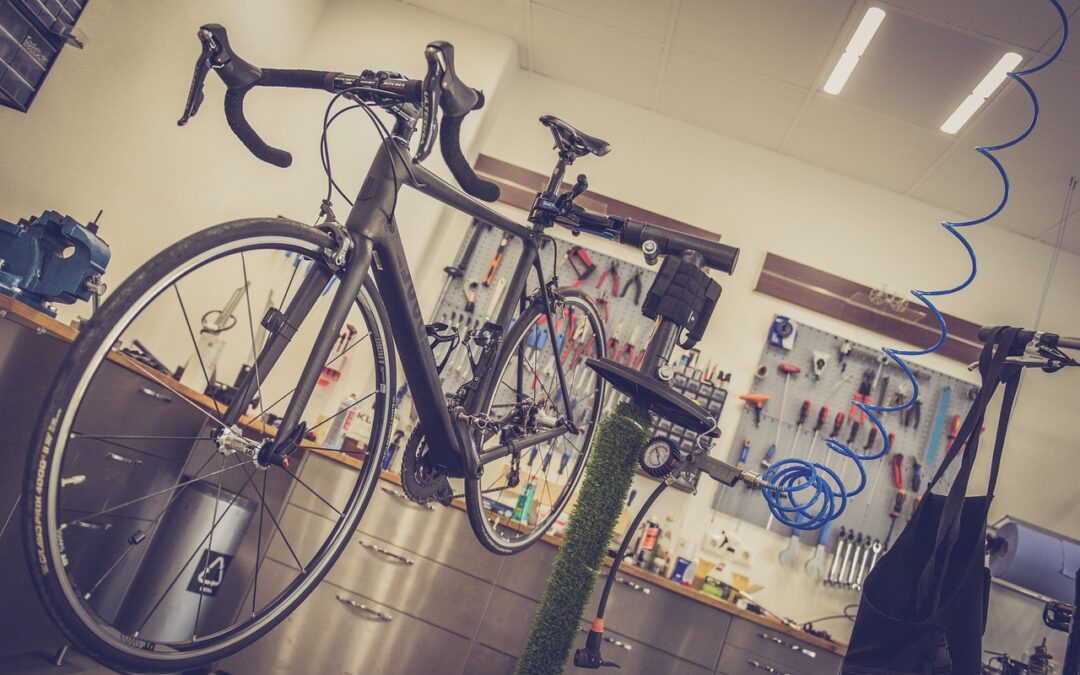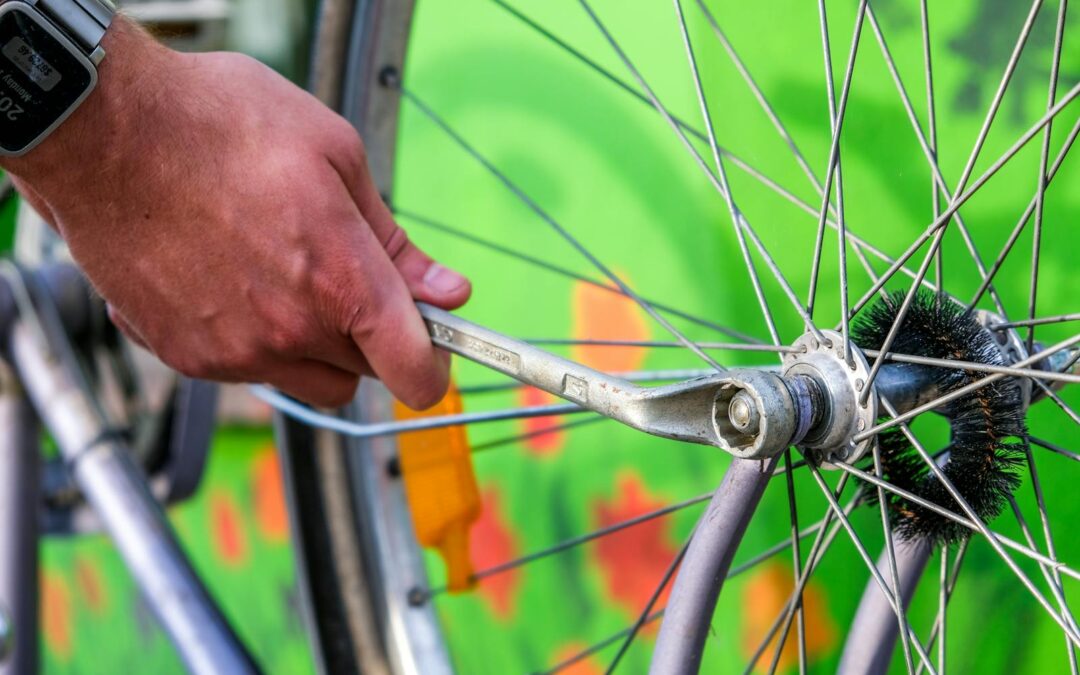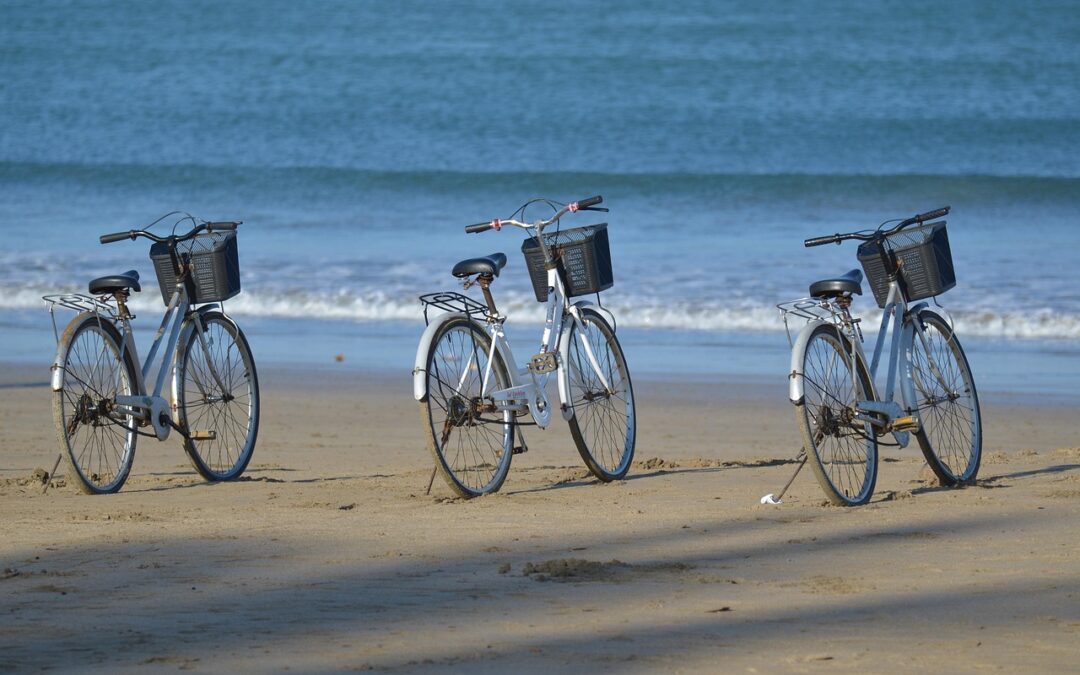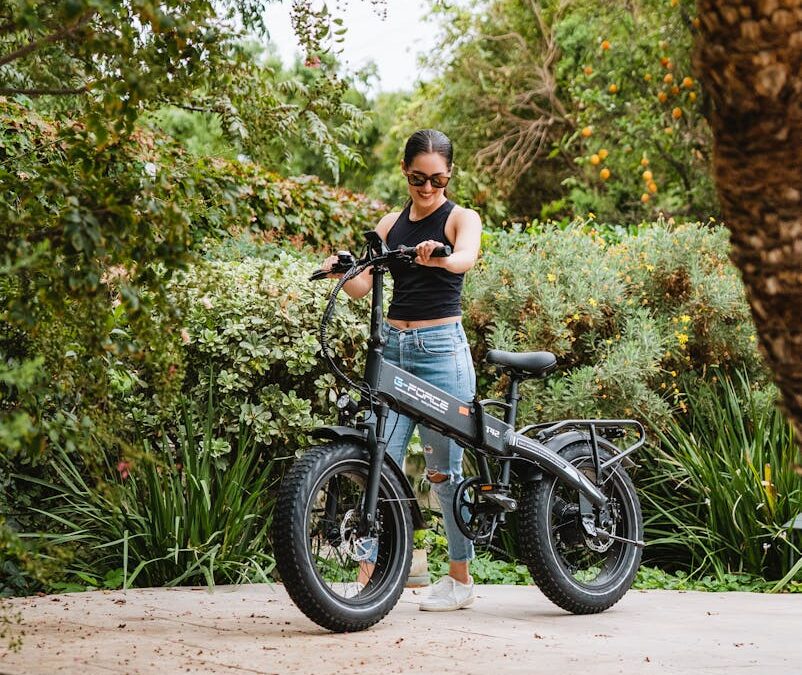When it comes to a kids bicycle, choosing the right one can make all the difference between a smooth ride and a bumpy experience. With so many options available, from balance bikes for toddlers to geared bikes for older kids, it can be overwhelming for parents.
In this guide, we’ll break down the various types of kids bicycles, the key features to look for and provide helpful tips on how to choose the best bike for your little one.

Understanding Different Types of Kids Bicycles
Kids bikes are not a one-size-fits-all solution. Depending on your child’s age, skill level, and riding preferences, you might choose different types of bicycles.
Balance Bikes
Balance bikes are designed for toddlers and young children who are just starting to learn how to ride. These bikes lack pedals, allowing kids to focus on balancing without the added complexity of pedaling.
Benefits of Balance Bikes
- Improves Coordination: By learning to balance first, kids develop essential coordination skills that serve as the foundation for riding a traditional bike.
- Easier Transition: Once kids master balancing on a balance bike, transitioning to a pedal bike becomes much easier.
- Fun Factor: Balance bikes are lightweight and easy to maneuver, making them a fun choice for young riders.
Training Wheels
For slightly older kids who are ready to ride but not yet confident enough to balance independently, bikes with training wheels are a popular option.
Pros of Training Wheels
- Stability: Training wheels offer additional support while children learn to ride.
- Adjustability: Many training wheels can be adjusted as the child gains confidence, eventually allowing them to ride without them.
- Variety of Styles: There are many styles of bikes with training wheels to fit your child’s preferences.
Geared Bikes
Once your child is ready to tackle longer rides or more challenging terrains, you might consider a geared bike. These bikes come with various gear options, typically found on the rear derailleur, making it easier for kids to ride uphill or on uneven surfaces.
Advantages of Geared Bikes
- Versatility: Gears allow for versatility in different terrains, making them suitable for family rides on roads, trails, or mountains.
- Comfort: Riding with the right gear can significantly enhance comfort, especially on longer rides.
- Skill Development: Learning to switch gears can also be an important step in your child’s cycling skills.
Key Features to Look For
When selecting the best bike for your child, consider the following key features:
Correct Frame Size
One of the most important factors to consider is the size of the bike frame. A properly sized bike is crucial for your child’s comfort and safety. If the frame is too big, your child may have difficulty controlling the bike. Conversely, if it’s too small, they may struggle to pedal effectively.
- Height Adjustment: Look for bikes with adjustable seats, allowing for growth.
- Test Before You Buy: If possible, have your child test ride the bike to ensure a proper fit.
Weight
The weight of the bike can significantly affect your child’s ability to ride and maneuver it. Lighter bikes are easier for kids to control and carry.
- Material Matters: Look for bikes made from lightweight materials like aluminum.
- Balance and Steering: A lighter bike will also improve balance and steering, enhancing the overall riding experience.
Brakes
Brakes are crucial for safety. Kids bikes typically come with two types of brakes:
- Coaster Brakes: These are activated by pedaling backward. They are easier for younger kids.
- Hand Brakes: More suitable for older kids, they provide greater control and are similar to adult bikes.
Safety Features
Safety features are essential when selecting a bike for your child. Look for bikes with the following:
- Reflectors: Ensure the bike has reflectors or lights for visibility, especially if your child will ride in low-light conditions.
- Chain Guard: A chain guard prevents clothing or small fingers from getting caught in the chain.
- Warranty and Support: Choose brands that offer good warranties and customer support.

Quick Tips for Choosing
Choosing the right bike can be a challenging task, but with these handy tips, you can ensure that your child ends up with the perfect ride.
Involve Your Child in the Process
Taking your child along while shopping for their new bike is a great idea. This way, they can try out different bikes and select one they truly love. A bike that excites them will encourage more outdoor riding and exploration.
Test Ride
Before making a purchase, always consider taking the bike for a test ride. This will give you a better understanding of how comfortable your child feels on it.
Check Reviews
Online reviews can provide valuable insights into other parents’ experiences with specific bike models. Look for bikes that have received positive feedback regarding durability, comfort, and performance.
Set a Budget
Quality kids bikes often come with a higher price tag, but there are also many affordable options that offer great value for money. Determine a budget before shopping to help narrow down your choices.

Now, it’s Time To Choose the Right Bicycle for Your Child
When it comes to kids’ bicycles, one size does not fit all. Children of different ages and sizes require different types of bikes to ensure a comfortable and safe biking experience.
Age and Size Considerations
The first consideration when choosing a bicycle for your child is their age and size. Kids’ bikes are usually categorized by wheel size (measured in inches), which corresponds to the child’s height:
- 12-inch wheels are suitable for toddlers aged 2-4 years, typically standing 30-39 inches tall.
- 14-inch wheels fit preschoolers aged 3-5 years, standing 36-42 inches tall.
- 16-inch wheels are for children aged 5-7 years, standing 42-48 inches tall.
- 20-inch wheels are suitable for kids aged 6-10 years, standing 48-54 inches tall.
- 24-inch wheels are designed for kids aged 8-12 years, standing 54-60 inches tall.
- 26-inch wheels are suitable for older kids and teenagers, typically standing over 58 inches tall.
Safety Features and Accessories
When selecting a bicycle for your child, it’s crucial to prioritize safety features. Look for bikes with efficient brakes (hand brakes for larger kids and coaster brakes for smaller ones), sturdy frames, and reflectors or lights for visibility. Additional accessories like a bell or horn can also enhance safety by alerting pedestrians and other cyclists.
Transitioning from Balance Bikes to Pedal Bikes
If your child has been using a balance bike, transitioning to a pedal bike can be easier. Many balance bikes are designed to be lightweight and low to the ground, making them an excellent option for young riders who are still learning to balance. Look for a pedal bike that offers a similar lightweight design, ensuring your child can easily maneuver and control their new bike.
In addition, consider a bike with a single gear, as this will provide a simpler riding experience for beginners. As your child becomes more confident and skilled, you can gradually introduce bikes with multiple gears for more variety in their cycling adventures.
Top 6 Kids Bicycles
Here are six highly recommended kids bicycles that cater to varying age groups and skill levels:
Strider 12 Sport Balance Bike View Product
Designed for toddlers as young as 18 months, this balance bike helps kids develop skills and confidence. Its lightweight frame and adjustable seat ensure a comfortable fit as your child grows.
Schwinn Koen Boy’s Bike View Product
Suitable for ages 4-7, this bike features sturdy training wheels and a single-speed gearing system, making it perfect for boys learning to ride. The design combines safety with style, making it a favorite for young riders.
Woom 2 Pedal Bike View Product
This lightweight pedal bike is perfect for kids aged 3-5 years. The Woom 2 encourages a love for cycling with its well-designed frame and easy-to-use components, supporting the transition from balance to pedaling.
RoyalBaby Freestyle Kids Bike View Product
Available in various sizes and colors for both boys and girls, this bike offers an excellent blend of style and functionality. Featuring sturdy construction and a variety of fun designs, it’s a great option for children aged 3-8.
Trek Precaliber 20 View Product
Ideal for 5-7-year-olds, this bike features a lightweight aluminum frame and adjustable components for a comfortable, smooth ride. The disc brakes provide reliable stopping power, ensuring safety as your child gains confidence.
Cannondale Kids Cujo 24 View Product
Perfect for adventurous kids aged 8-12, this mountain bike is equipped with wider tires for better traction and stability on rough terrains. Its robust build allows for exciting outdoor exploration while maintaining safety and comfort.
These bicycles offer a range of features and designs to suit every child’s needs, ensuring that they enjoy their riding experience while developing essential skills.
The Health Benefits of Cycling for Kids
Cycling is an excellent way for children to engage in physical activity. The World Health Organization recommends that children aged 5-17 engage in at least 60 minutes of moderate to vigorous physical activity every day. Biking contributes significantly to this requirement and offers several additional health benefits.
Physical Fitness and Motor Skill Development
One of the most immediate benefits of cycling is improved physical fitness. Riding a bike engages various muscle groups, promoting strength and endurance. It also enhances cardiovascular health, helping to reduce the risk of obesity and related diseases.
Furthermore, biking aids in developing essential motor skills. Steering, balancing, and pedaling all contribute to a child’s coordination and overall body awareness, setting a foundation for other physical activities and sports.
Mental Health and Cognitive Benefits
Besides its physical benefits, cycling is also beneficial for mental health. Engaging in regular physical activity, like biking, has been shown to reduce symptoms of anxiety and depression. Additionally, the act of riding a bike outdoors in a natural setting can improve mood and reduce stress levels.
Cycling also stimulates cognitive function. It enhances focus and concentration, contributing to better academic performance, especially in school-aged children.
Safety Tips for Kids’ Biking
While cycling offers numerous benefits, ensuring your child’s safety while biking is paramount. Here are some essential safety tips to keep in mind:
Importance of Wearing Helmets and Other Protective Gear
Always encourage your child to wear a properly fitted helmet while biking. A helmet can significantly reduce the risk of head injury in the event of a fall. Besides helmets, consider equipping your child with knee pads and elbow pads, especially for beginners who may be prone to spills. As kids transition, make sure to move them up to a larger bike size, the kid can get hurt on a bike that is too small.
Rules of the Road and Biking Etiquette
Teaching your child the basics of road safety is crucial. This includes understanding traffic signals, looking both ways before crossing streets, and using hand signals when turning. Encourage them to ride on the same side of the road as vehicles and to be aware of their surroundings.
In addition to road safety, instilling good biking etiquette is equally important. This includes being courteous to pedestrians, signaling intentions to other cyclists, and maintaining a safe distance from others while riding.

Making Biking Fun for Kids
While the health benefits of biking are significant, ensuring that your child enjoys the activity is equally important. Here are ways to make cycling a fun experience for your little one:
Organizing Family Biking Outings and Activities
One of the best ways to make biking fun is to involve the whole family. Organize regular family biking outings in local parks or bike trails. Plan fun activities like scavenger hunts or nature walks that incorporate biking. This not only makes the experience enjoyable but also strengthens family bonds.
Tips to Keep Children Engaged and Motivated
To keep your child motivated to bike regularly, consider setting up a reward system. For example, after a certain number of rides or miles, they can earn a small reward or treat. Additionally, involving your child in planning biking routes or choosing new locations to explore can create excitement and anticipation for each outing.
Consider using technology to enhance the biking experience. GPS-enabled devices or biking apps can track their progress and achievements. Some apps even offer interactive games that can be played while biking, adding an element of fun and challenge.

Myrtle Beach Bicycles
Stop by Myrtle Beach Bicycles with any questions about buying a new kids bicycle and we will make sure your child leaves with the perfect fit.
Conclusion
Kids’ bicycles are much more than just a mode of transport; they are instruments of growth and development. By choosing the right bicycle, prioritizing safety, and making biking fun, parents can provide their children with an enriching outdoor experience that promotes physical and mental well-being.
Encourage your child to ride more often. Share your biking experiences or questions in the comments below!







